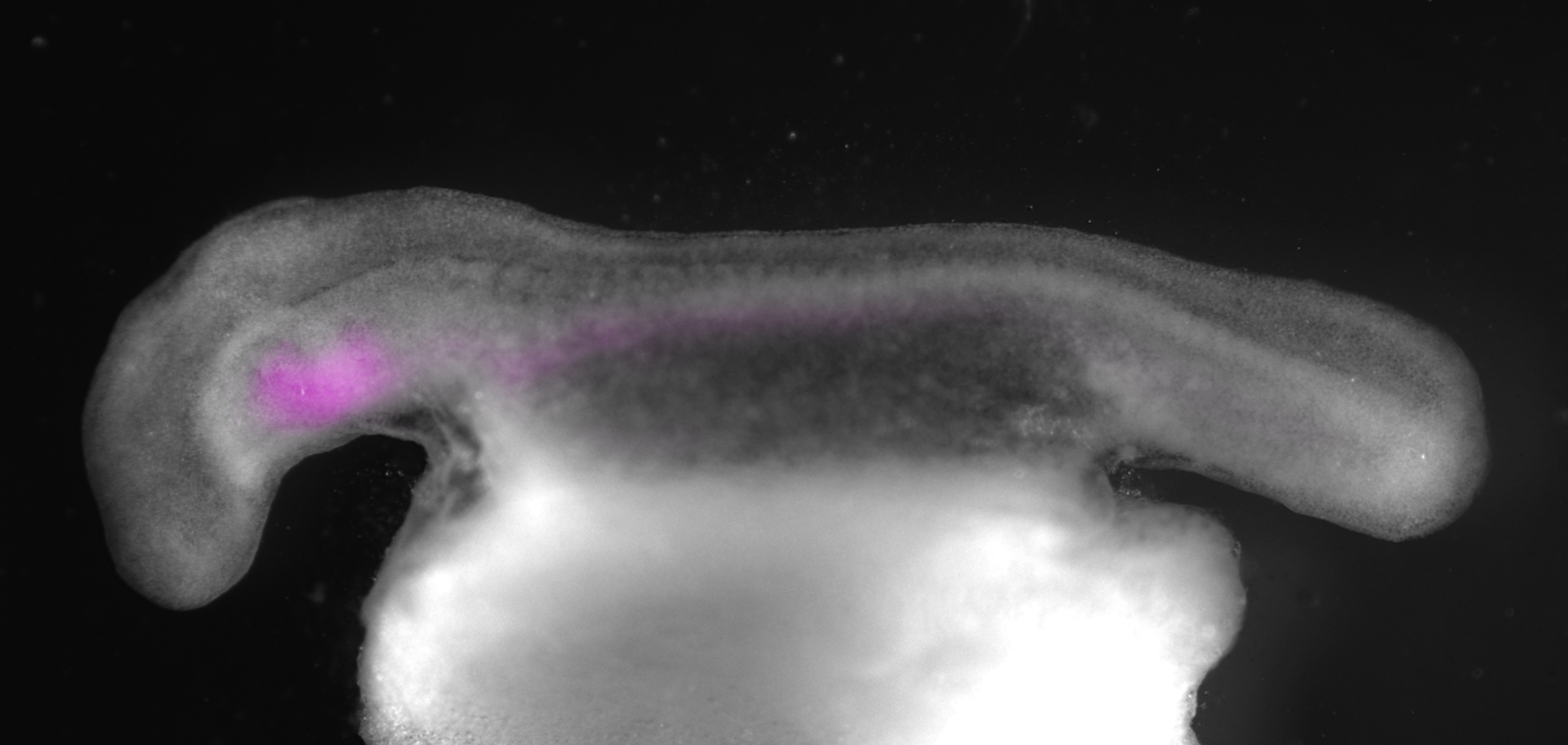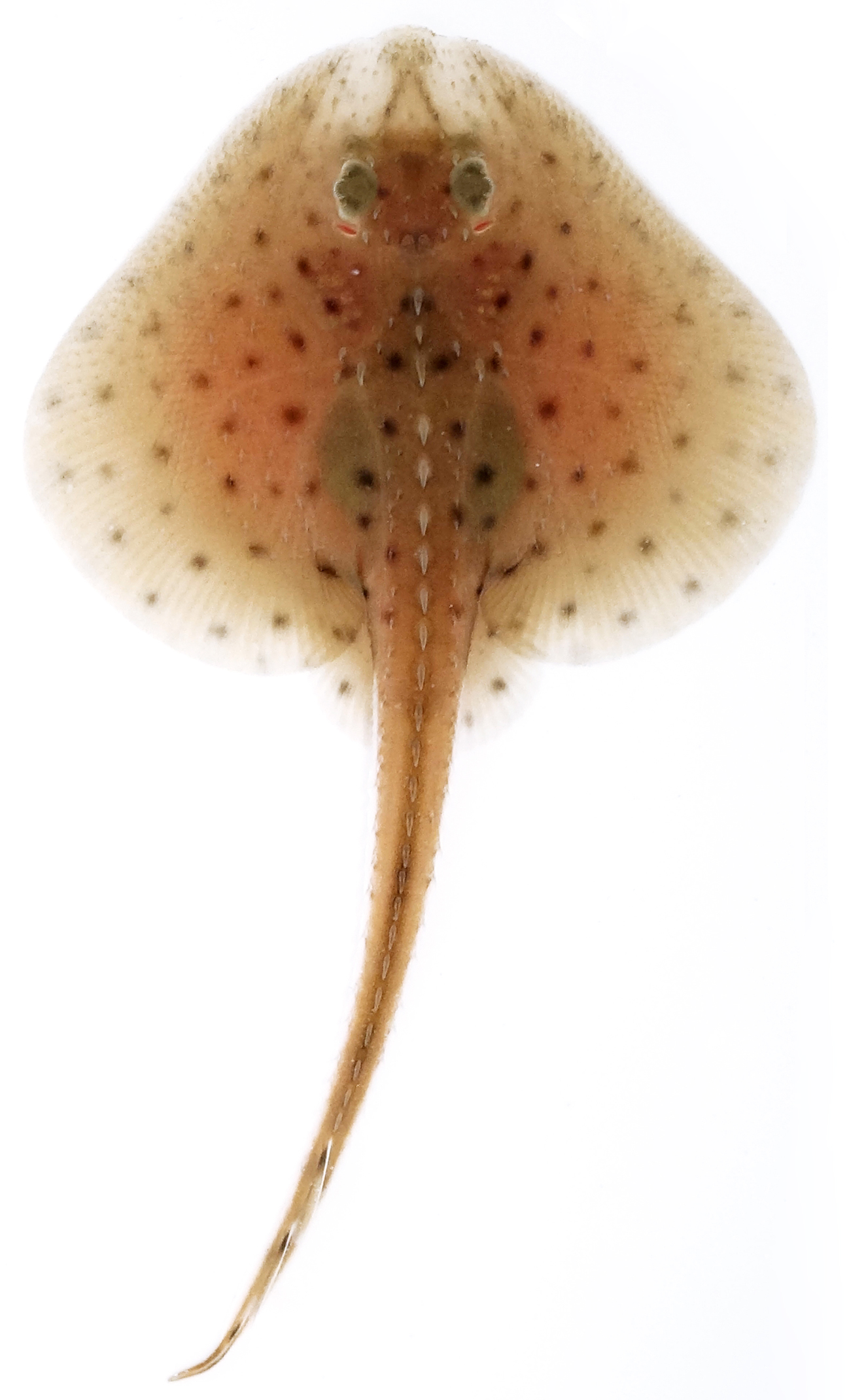MBL Study Illuminates the Origin of Vertebrate Gills

Contact: dkenney@mbl.edu; 508-685-3525
WOODS HOLE, Mass.—What did the last common ancestor of the vertebrate animals — a very small, soft-bodied marine organism that lived about 600 million years ago — look like? While the portrait is still emerging, a new study indicates that it had gills.
This week in Current Biology, J. Andrew Gillis of the University of Cambridge, United Kingdom, and the Marine Biological Laboratory (MBL), Woods Hole, demonstrates that gills evolved once early in vertebrate evolution and were later inherited by both vertebrate lineages (jawless and jawed) when they branched.
“We can now pinpoint the origin of gills to around the time when animals were making the transition from passive filter-feeders to a more active, predatory type of existence,” Gillis says. “This is the transition from early chordate animals that spent most of their time living in the sand, filtering particles out of the water, to animals that were swimming around and, given their shape and musculature in fossils, looked very fishlike.”
In this study, Gillis and co-author Olivia R.A. Tidswell correct the long-held misunderstanding that the gills evolved separately and independently in the two vertebrate lineages, which had been based on incomplete embryological data. Through cell tracing experiments in little skate embryos in the MBL Whitman Center, Gillis showed that the gills in jawed vertebrates (sharks and skates, bony fishes, humans, etc.) arise from endoderm tissue (the skin lining the inside of the throat) and not from ectoderm tissue (the skin on the outside of the head), as previously thought. In jawless vertebrates (lamprey and hagfish), the gills also arise from the endoderm, supporting the idea that such gills were present in the last common ancestor of all vertebrates.
 Early skate embryo with endoderm cells labeled with fluorescent dye. The dye persists in the cells each time they divide, allowing scientists to trace their differentiation into specific cell types, including gill. Credit: J. Andrew Gillis
Early skate embryo with endoderm cells labeled with fluorescent dye. The dye persists in the cells each time they divide, allowing scientists to trace their differentiation into specific cell types, including gill. Credit: J. Andrew Gillis“There is a classical view of vertebrate evolution that you start with a very simple organism, with more and more features added to give rise to the complex fishes and land animals that exist now,” Gillis says. “But this study indicates that last common ancestor of all vertebrates could already have been quite a sophisticated animal. It exhibited complex features, such as gills, that we see in living vertebrates today.”
Citation: Gillis, J. Andrew and Tidswell, Olivia R.A. (2017) The Origin of Vertebrate Gills. Current Biology DOI: 10.1016/j.cub.2017.01.022.
—###—
The Marine Biological Laboratory (MBL) is dedicated to scientific discovery – exploring fundamental biology, understanding marine biodiversity and the environment, and informing the human condition through research and education. Founded in Woods Hole, Massachusetts in 1888, the MBL is a private, nonprofit institution and an affiliate of the University of Chicago
